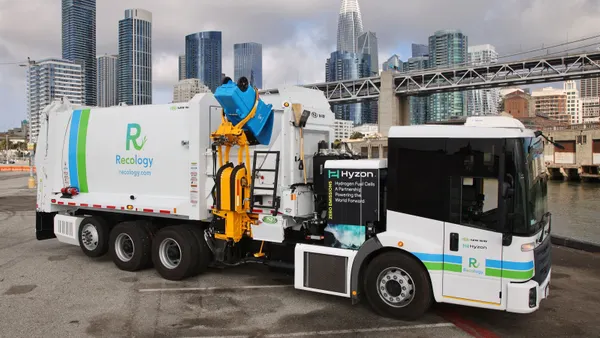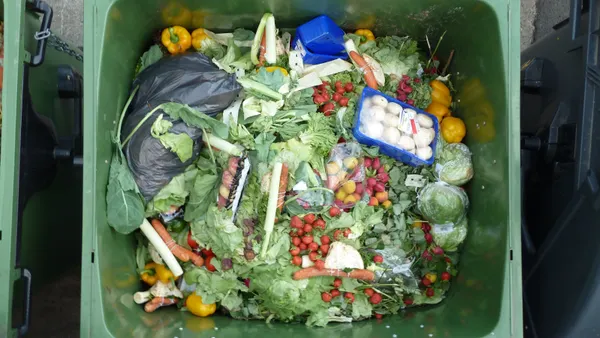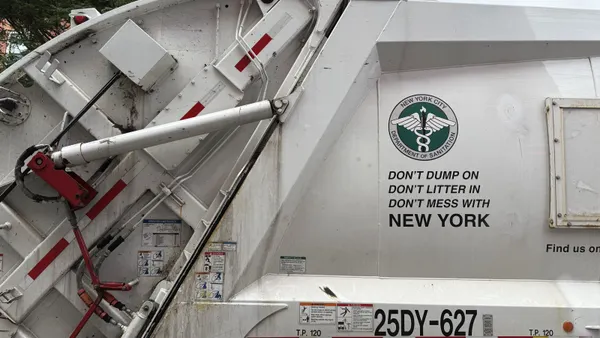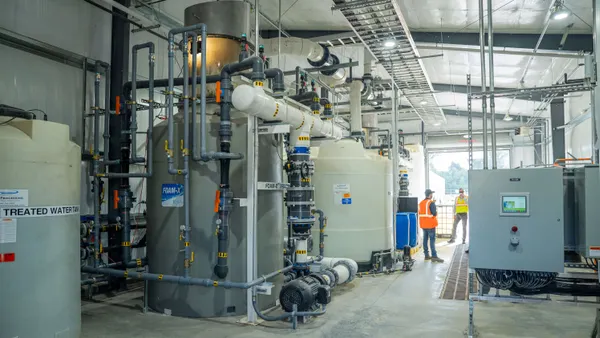Dive Brief:
- The Solid Waste Association of North America (SWANA) and Environmental Research & Education Foundation (EREF) have announced a new joint survey to better understand the rate of needlestick incidents at material recovery facilities in North America.
- The project aims to get a more quantifiable understanding of how common needles are in the recycling stream, how injuries can occur and how high the risk is of being exposed to bloodborne pathogens. This could eventually expand to surveying collection companies and municipal sanitation departments as well.
- Results will be compiled in a way that keeps respondents' information private, analyzed by EREF and then used to help develop new mitigation policies and best management practices as needed.
Dive Insight:
SWANA and EREF signed a memorandum of understanding to collaborate on these types of projects last fall and this is one of the first to come out of it. This latest project presents a good opportunity for applying the two organizations' expertise on safety and research to a topic that is often discussed more anecdotally. The presence of any needles in the recycling stream is a cause for concern, but not every incident results in a worker being injured and it will be helpful to document more accurate numbers.
With this information, and a better understanding of how existing regulations such as the Needlestick Safety and Prevention Act apply to the industry, new polices on personal protective equipment or safe material handling can be dispersed to the workers who need it. Recent reports have shown that needles are an issue for industry workers from Maine to Pennsylvania to Arkansas and likely many other states.
Some of this has been attributed to illegal drug use, though it has also been spurred by the medical needs of an aging population. As a result the market for safely collecting, sterilizing and disposing of material from healthcare facilities continues to grow. In recognition of that expansion a new trade group called the Medical Waste Management Association was formed last year. Local governments have also been active with educational campaigns for proper disposal of the material at home in an effort to protect workers from preventable injuries.














